RS Components established in 1937, was a leader in the business to business (b2b) electronics space, retailing over 500,000 products globally. The company was grown on its retail offering as a traditional brick and mortar type of business.
RS was like most other corporations it focused mostly on sales and procurement, technology and digital was an afterthought within the organisation.
Being situated in Corby, Northamptonshire RS was disconnected from digital and technology talent available in London.
Employee’s of the organisation had been with the company for the majority of their working careers and moved between different departments when opportunities arise in the technology and digital teams colleagues with little to no experience were promoted to those positions as there was a skills shortage in the Midlands.
The company was subjected to ancient technology practices with a weak focus on design and user experience, this was evident in their digital offering.
The company relied heavily on third parties to provide it’s software offering and maintained separate technology stacks for the desktop and mobile web experiences.
The company had no real exposure to modern ways of working, for a site retailing 500,000 products they had a single waterfall delivery team half of which were offshore in India.
The company had no user experience or design resources, the first challenge I had to succumb was to help the product owners, developers and business leads to understand the importance of design, customer centricity and user research.
I was hired as a Lead User Experience Architect which encompassed User Research and Business Analysis.
This was a pure user experience role with no design delivery.
Main Tasks
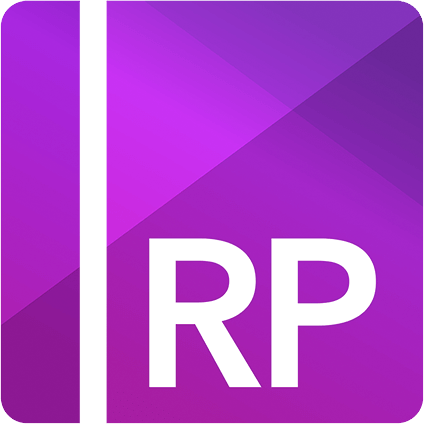
Upon starting a new project discovery was performed, this was done to help the digital team, development team, and the business to gain clarity on the customer's problems. Discovery was supported by an in-house team of researchers.
This naturally leads to insight gathering within the business, which was done in the way of consuming existing reports, reading emails from customers, consuming customer complaints, reading support tickets and consuming analytics via Adobe.
Discovery Tasks
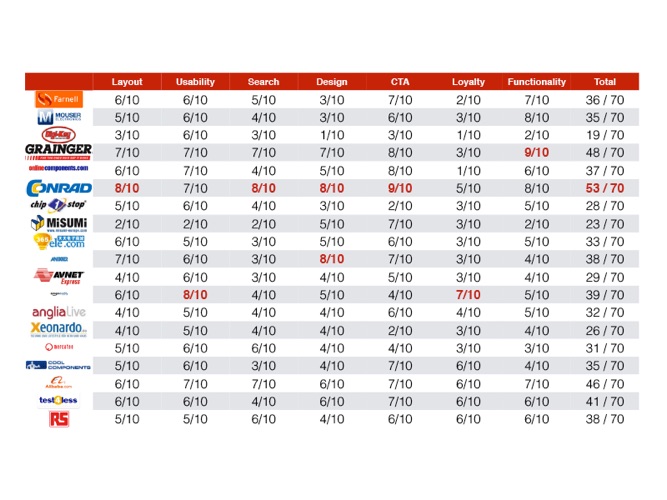
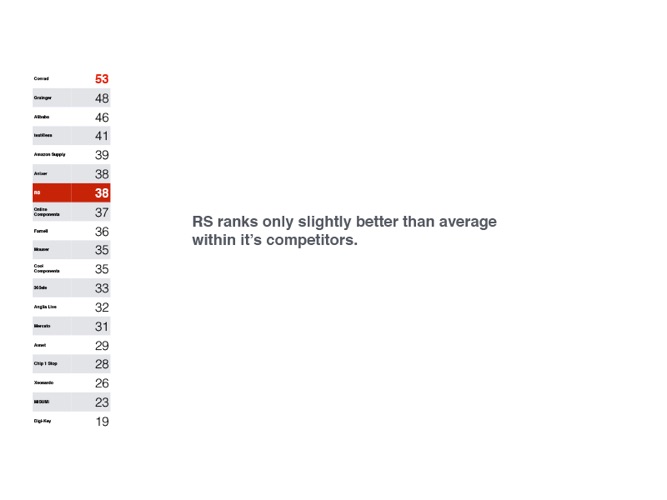
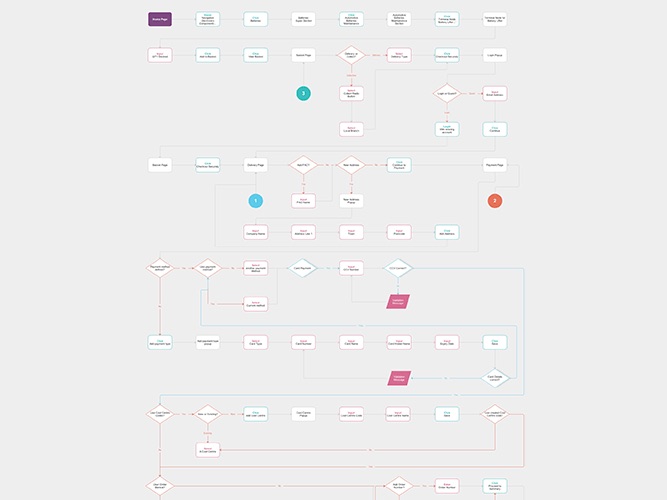
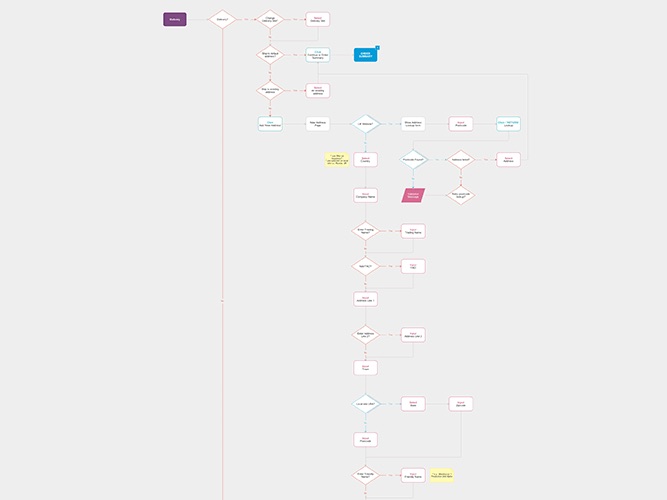
As I had worked on various projects during my time at RS Components the ideation phase was adapted to meet the needs of a specific project. Some projects would undergo a workshop to address design challenges and issues identified in the discovery phase, other projects would just go straight into solution design.
Various workshops were facilitated to help support design thinking and co-creation within the business, I would ensure that we had a representative from design, technology, data and the business at all workshops.
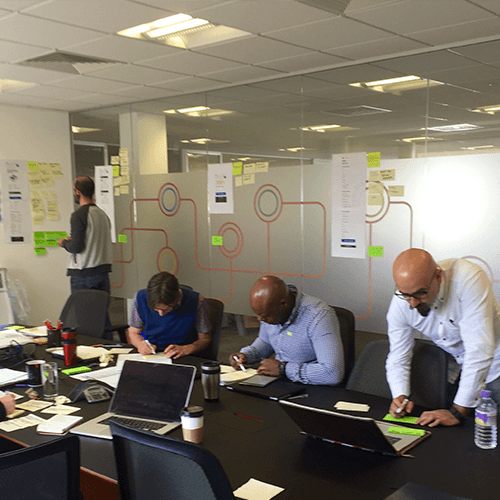
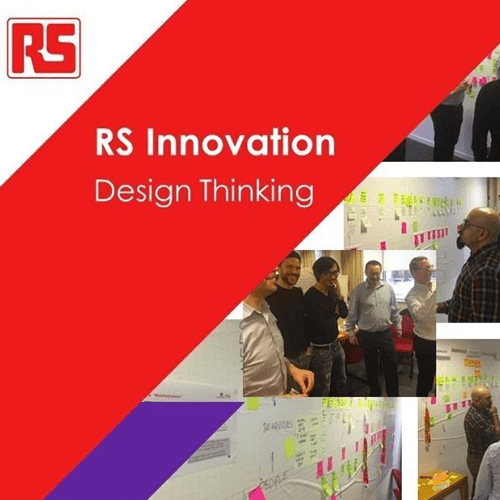
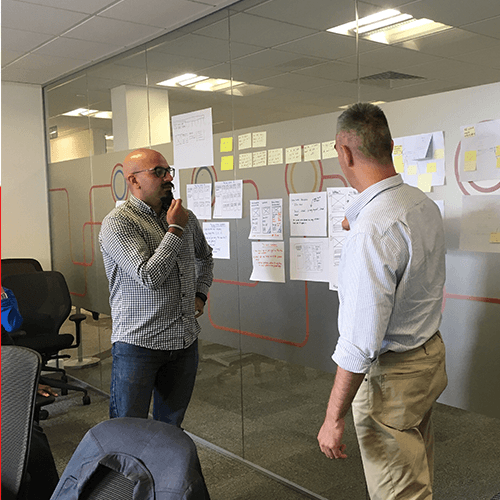
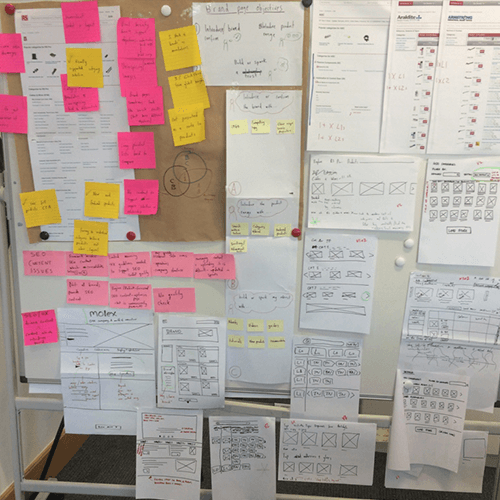
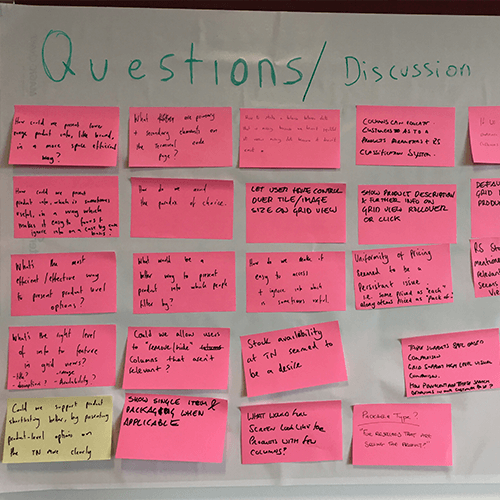
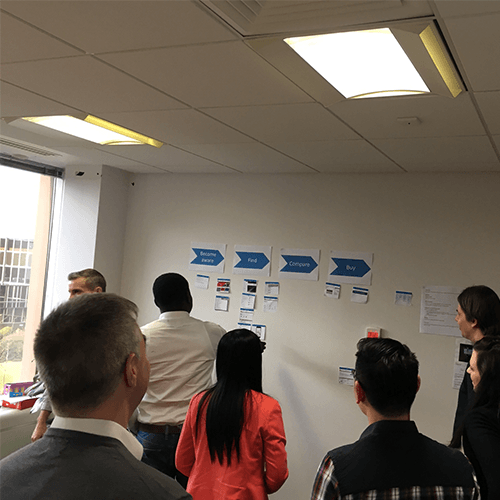
RS components retailed complicated products, and the needs of each user were unique, one user would be interested in say the operating range of a component when another would need a component to be an exact size.
Most prototypes were created with real products, and real data to try and capture the user's needs in the validation phase.
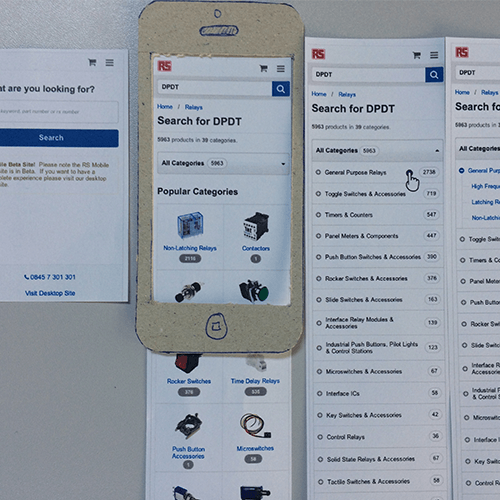
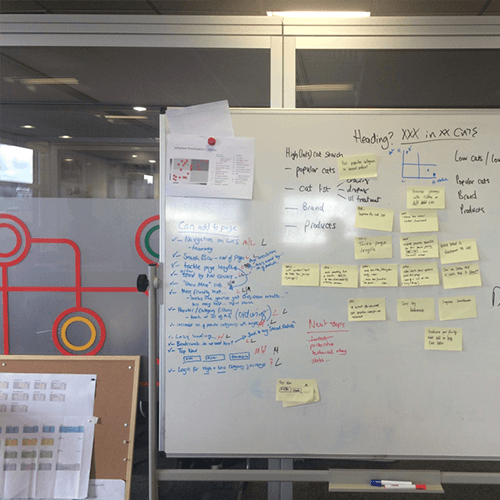
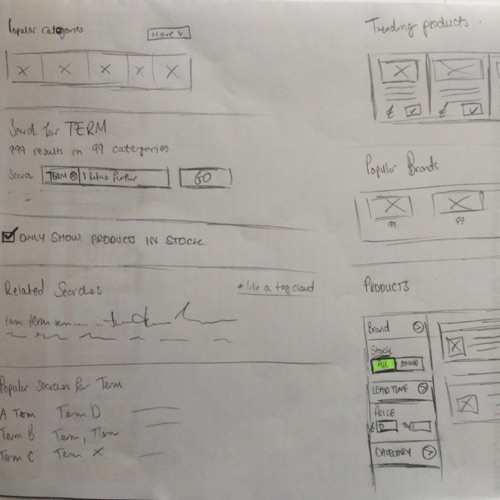
Video
Prototype Demo
During this phase, various tests were performed with customers in a way of gathering feedback and validation on the artefacts produced.
Once we obtained validation artefacts were either revised to meet the findings or scrapped altogether.
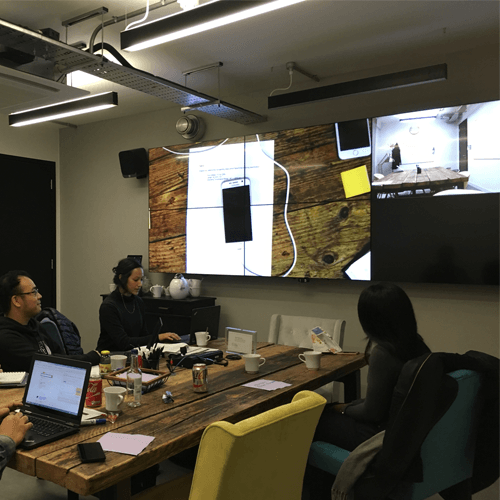
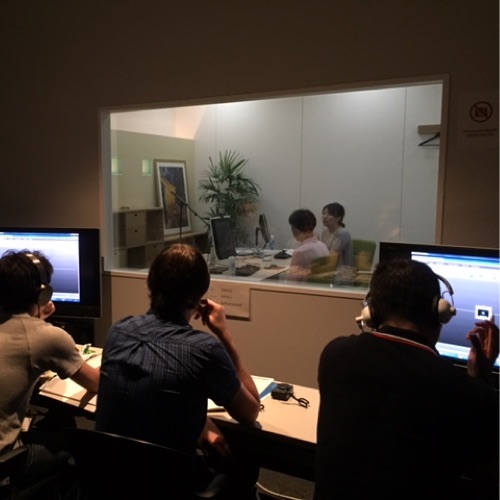
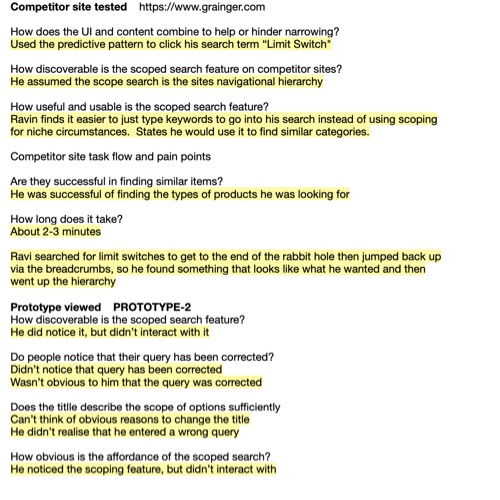
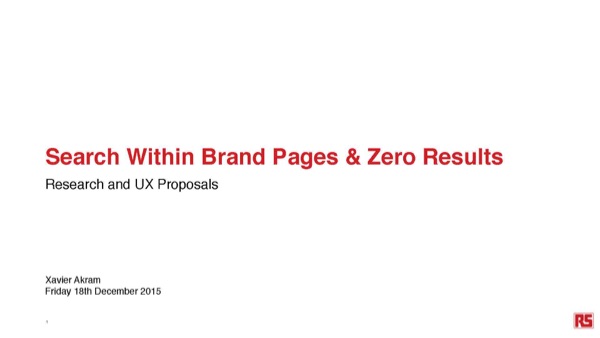
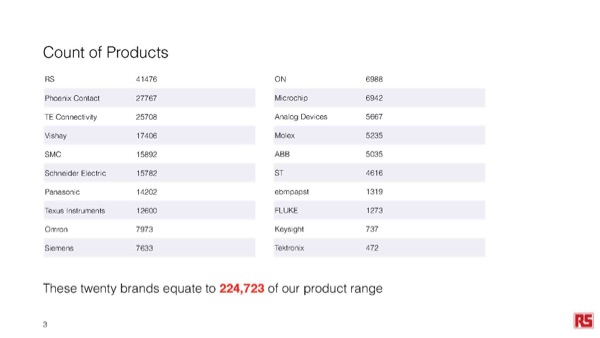
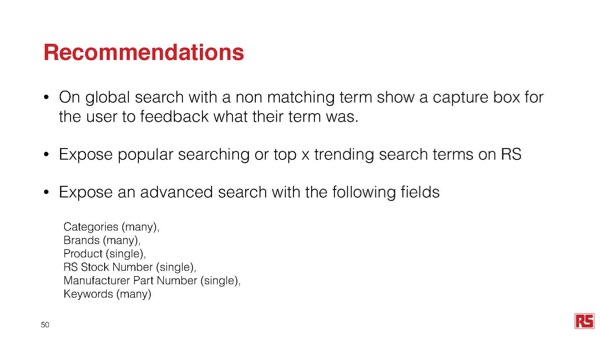
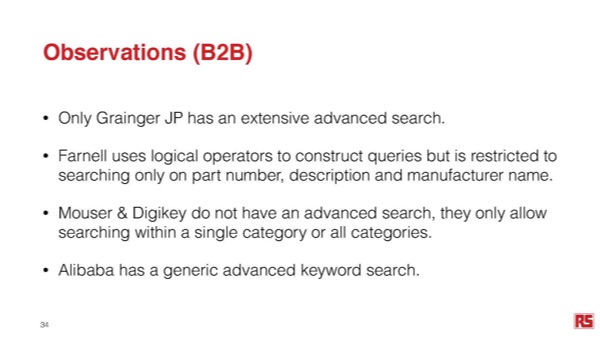
Most projects were delivered in a modular way, ensuring that they are reusable and serve multiple purposes in different scenarios. I was responsible for the creation of these modules and their relative specifications.
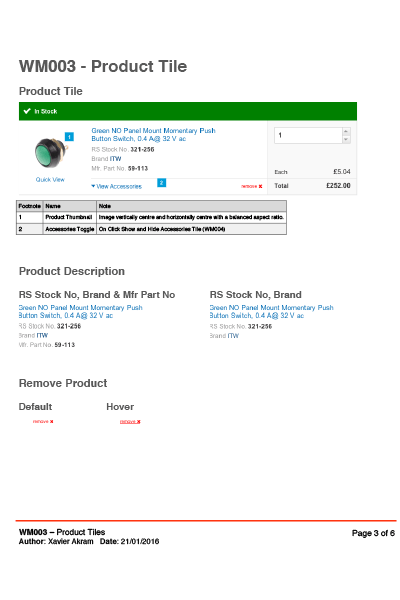
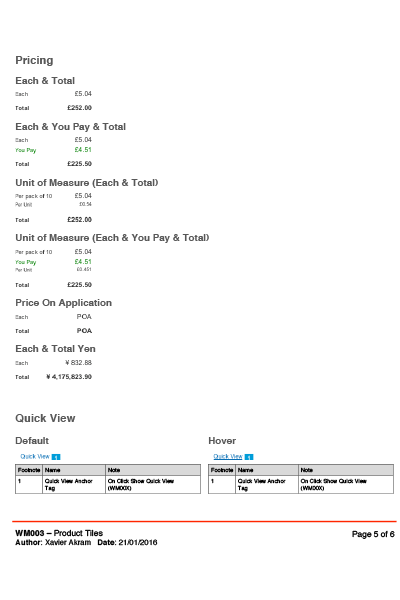
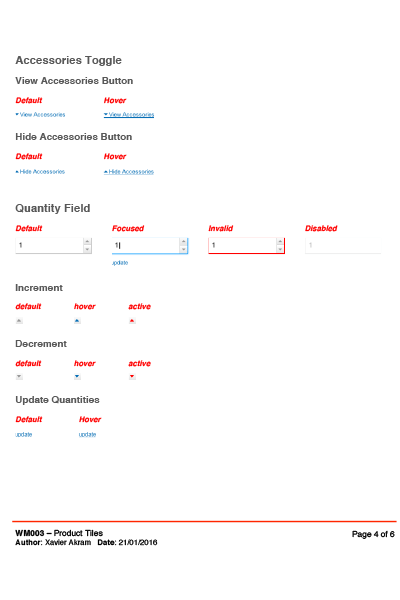
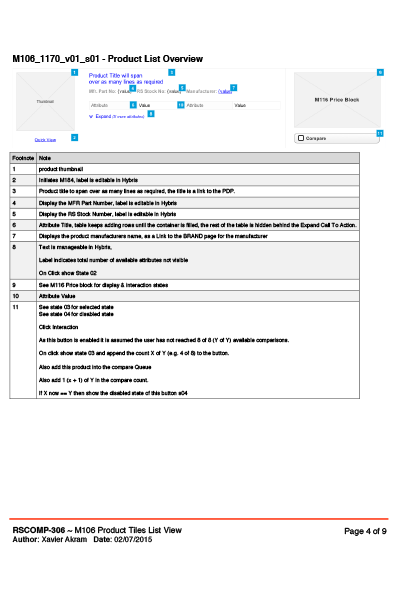
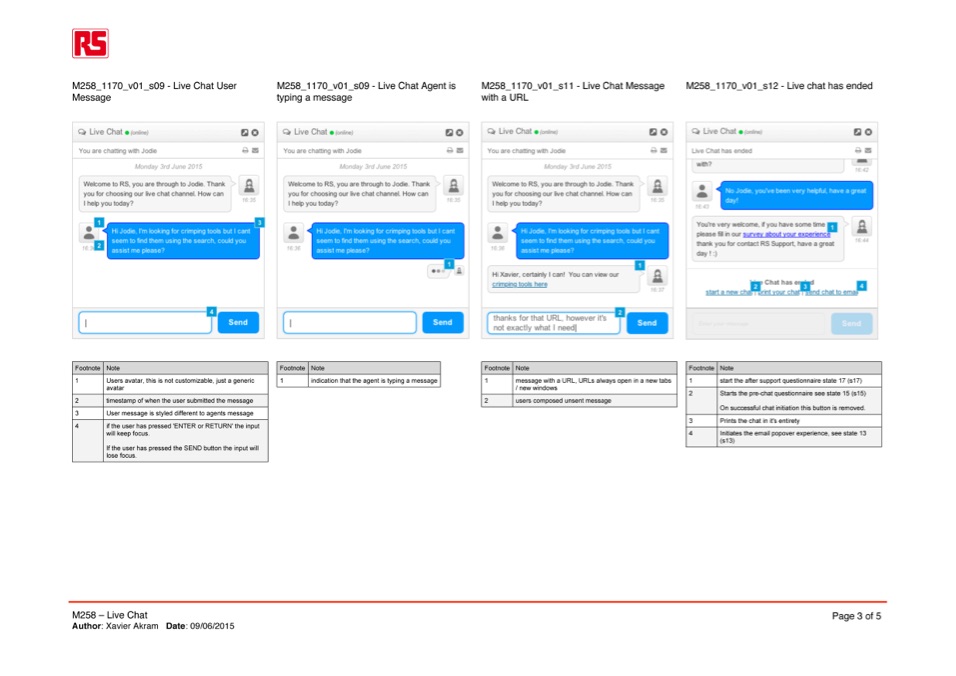
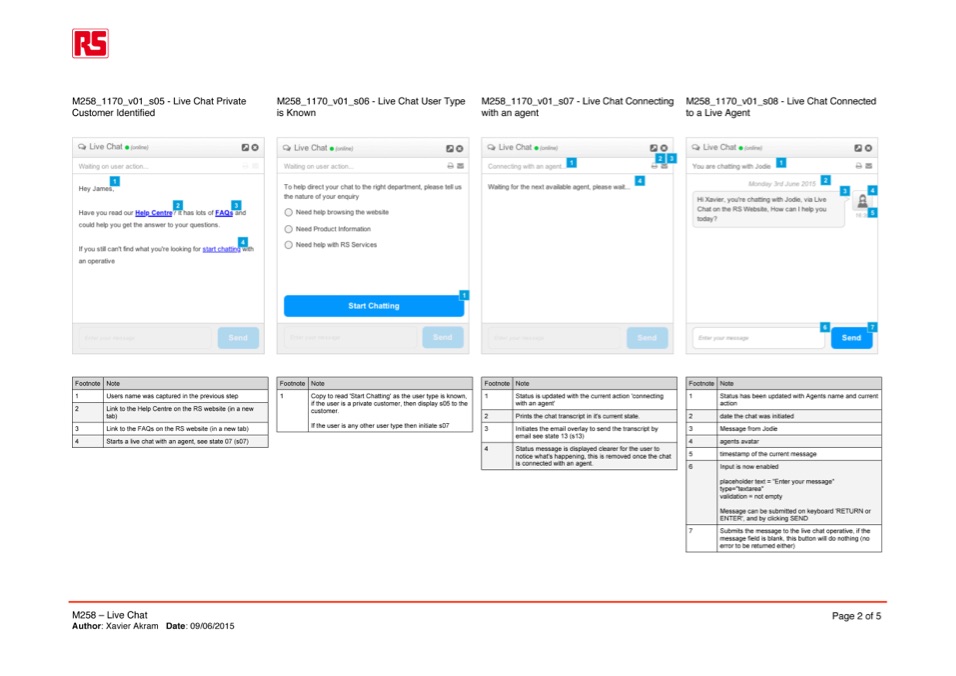
Redefining how information is grouped and where it naturally belongs in a site’s architecture was one of my core deliverables, this also included journeys and relationships between data.
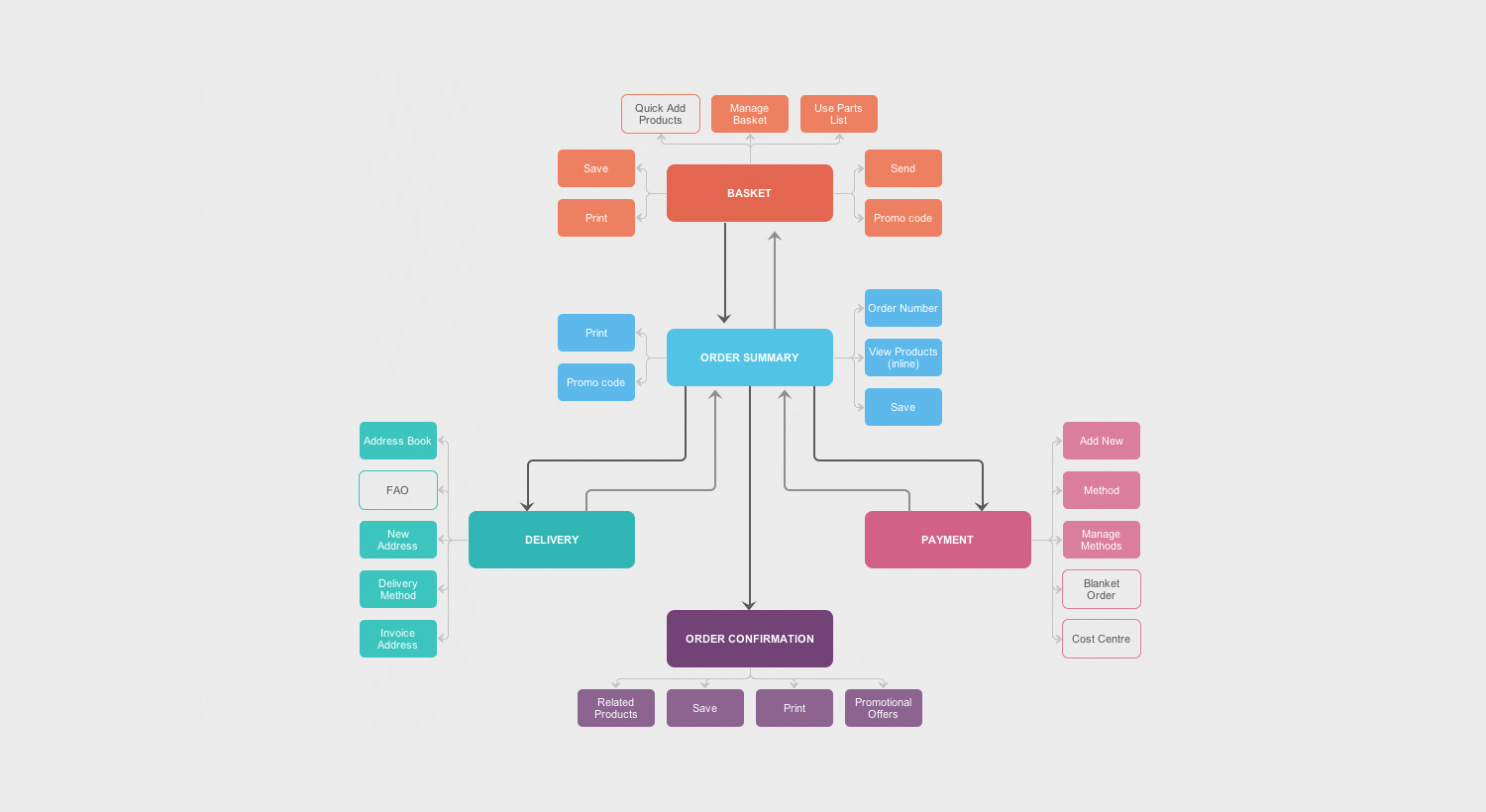
I was responsible for delivering processes within the digital teams, essentially establishing design sprints which would naturally feed into the development process.
Sprint Process
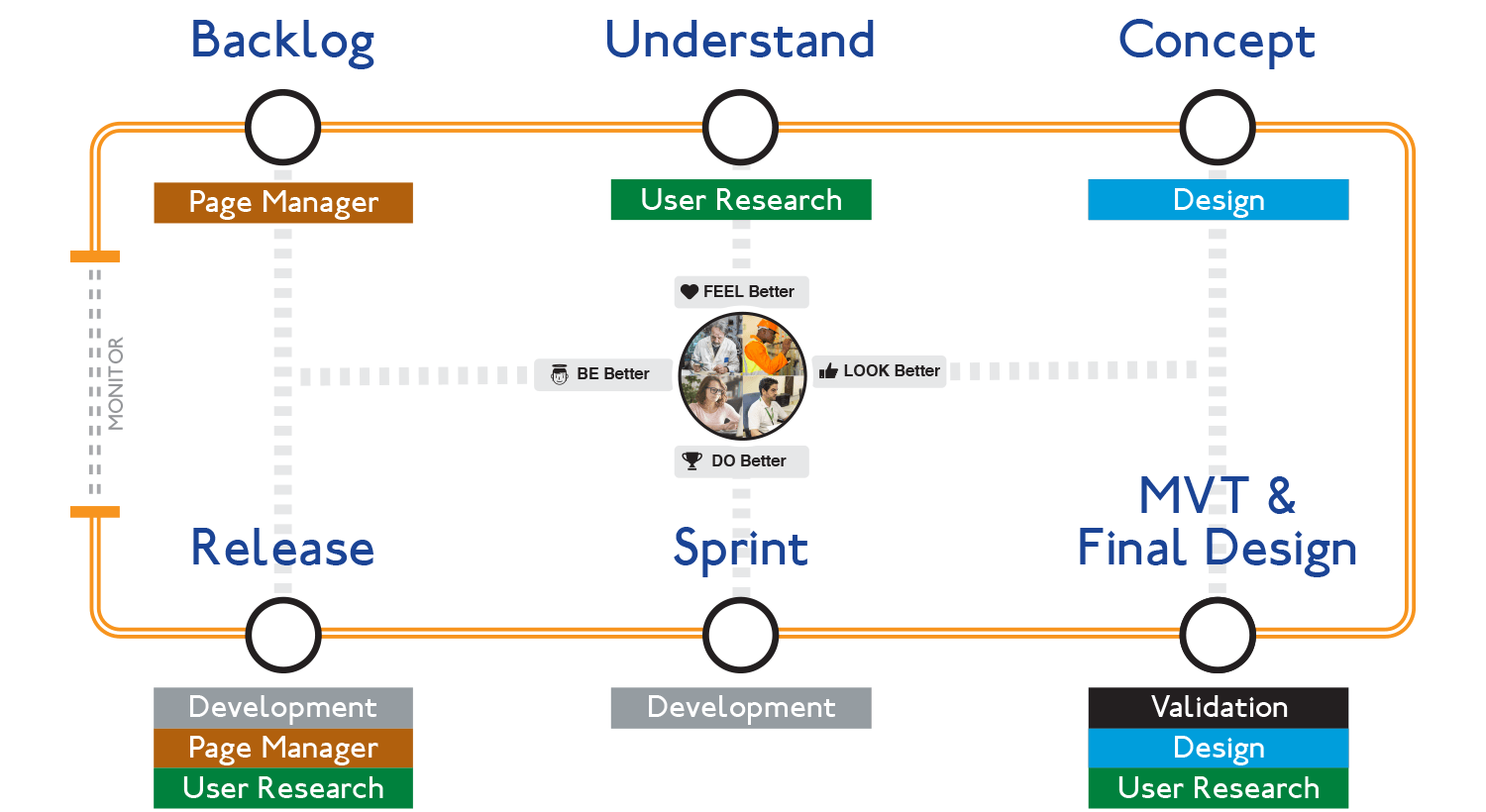
UCD Process
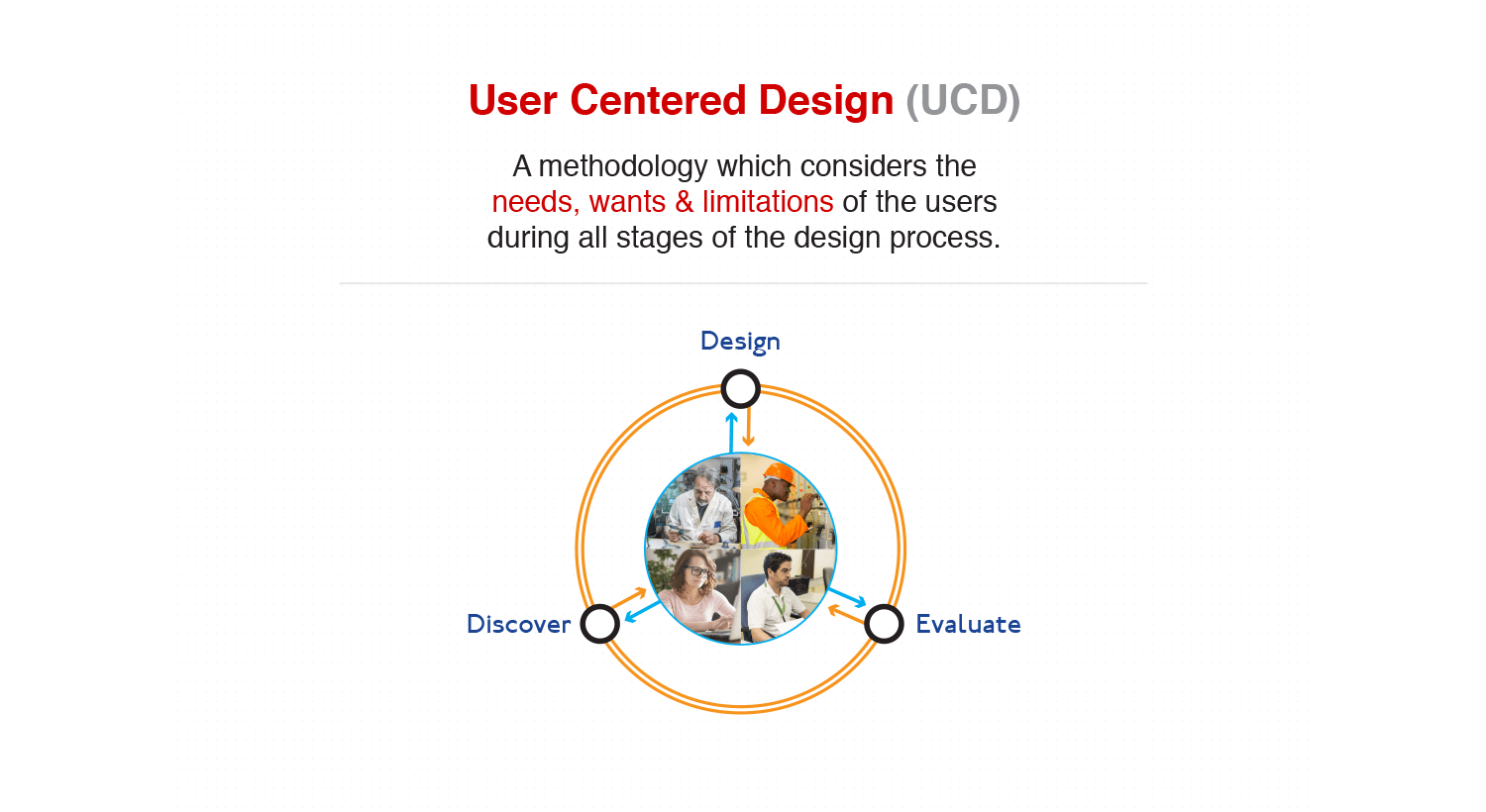
RS components were reliant on a third party for its mobile offering, this vendor was slow to make changes, offered a poor user experience and charged extortionate fees to do so.
A strategic initiative within the organisation was to rebuild the mobile offering in-house on a standalone system which didn’t have to deal with the existing problematic and monolithic architecture.
As RS components had ended their contractual agreement with the third party vendor leaving them without a mobile offering, therefore, time was of the essence.
I had the pleasure of working with Teslim Abass, a talented product owner who was leading this project. An advocate of good user experience but also a core believer of the lean methodology.
A team was spun up quickly with 3 backend developers and 1 frontend developer to deliver the companies objective.
As stated time was of the essence and due to the lack of resources it was decided that we would
use an off the shelf framework Bootstrap to deliver the frontend experience to the
end user.
In comparison to what was delivered before this was a vast improvement of the current offering and would allow easy theming post minimum viable product (MVP).
Therefore, I hand coded most of the frontend dictating all the experiences that could occur in Bootstrap, this allowed the frontend developer to efficiently and effectively deliver the user experience in a timely fashion.
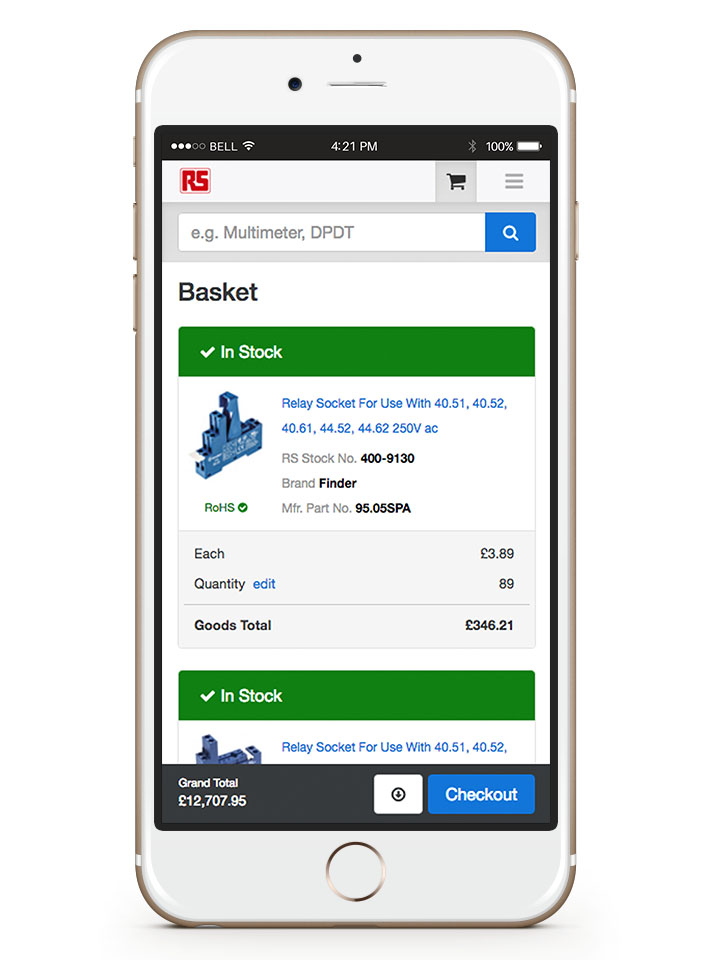
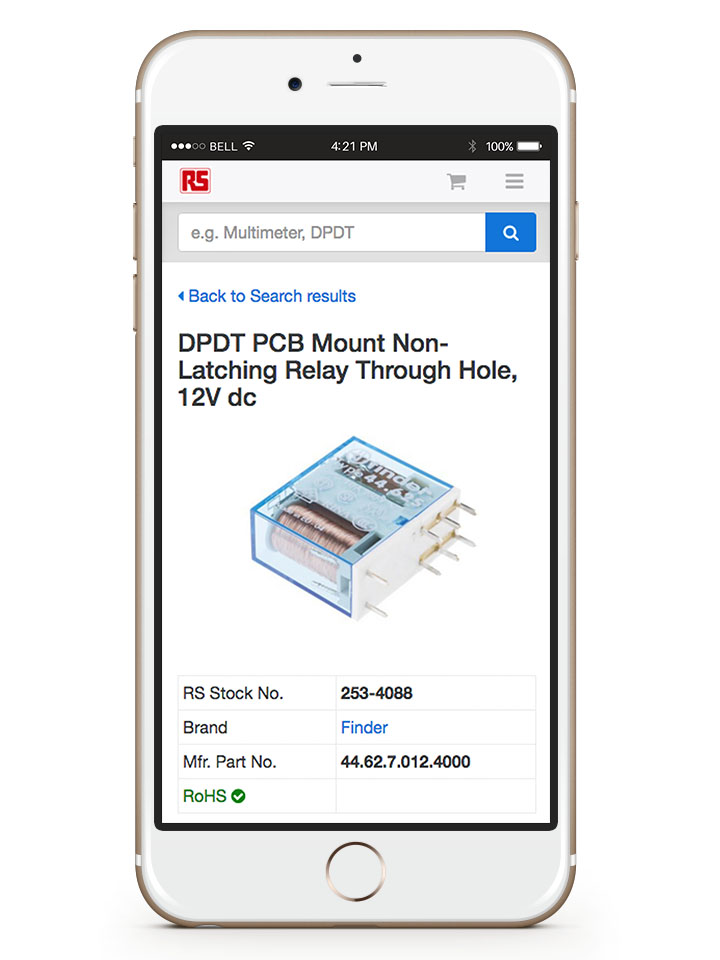
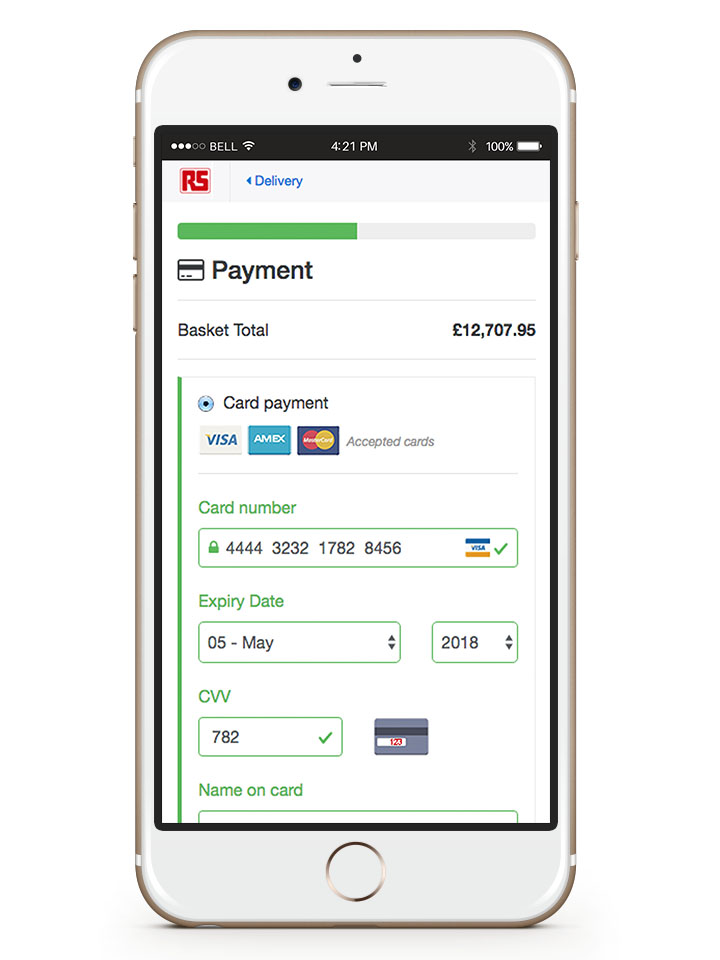
Video
Mobile Filters Demo
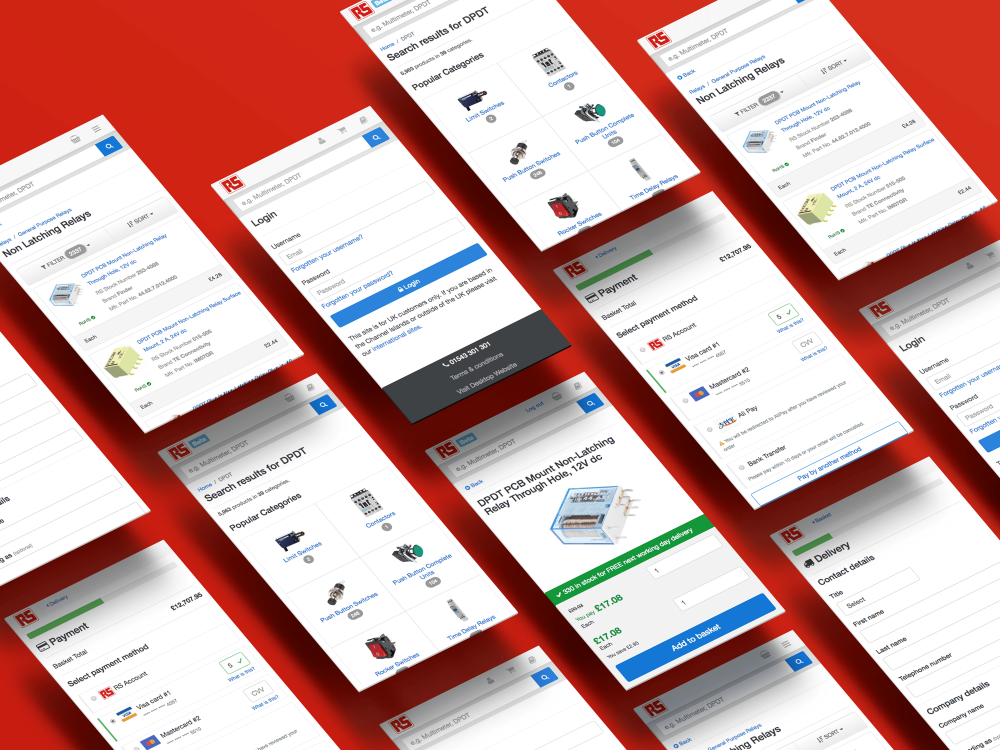
Working for RS Components was delightful I had exposure to various different parts of the business and colleagues with variable calibre. It was a fun company to work for, and I thoroughly enjoyed helping transform the company into a digital aggressor, we eventually moved from Corby and established a digital team in London, as it was easier to attract talent.